Rabbits have evolved to survive on a low nutrient diet that other animals would starve on.
Therefore they do not need foods rich in nutrients and in fact such a diet will not be good for the gut of a rabbit.
A rabbit’s natural diet would consist of high fibre, low protein, rough grasses, however when offered a feed of grain, pellets and hay, they will sometimes select the grains first which can lead to improper and unbalanced nutrition.
Too much of this rich food can lead to obesity, gut upset and dental overgrowth. They can also develop a disease called Metabolic Bone Disease if not fed the correct diet.
They should be fed a high fibre, low grain pellet along with high fibre hay. (cereal hay such as oaten hay is better than lucerne hay). A small amount of fruit and vegetables – including fibrous vegetables such as broccoli or cauliflower, can be added to this diet (remove the pips from apples).
There are some premixed pelleted feeds in both large and smaller quantities available, along with some interesting pre-packaged small pet feeds including high fibre and fruit/ vegetable ingredients.
A high fibre diet is not only good for their gut but also helps with wearing their teeth which can become overgrown and uncomfortable.
Exercise is an important daily component to a healthy rabbit. Outside in the sunshine also has added benefit of vitamin D and the exercise keeps organs and muscles working properly.

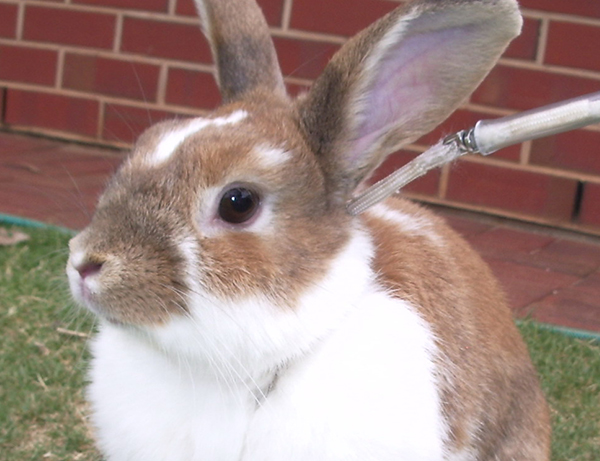
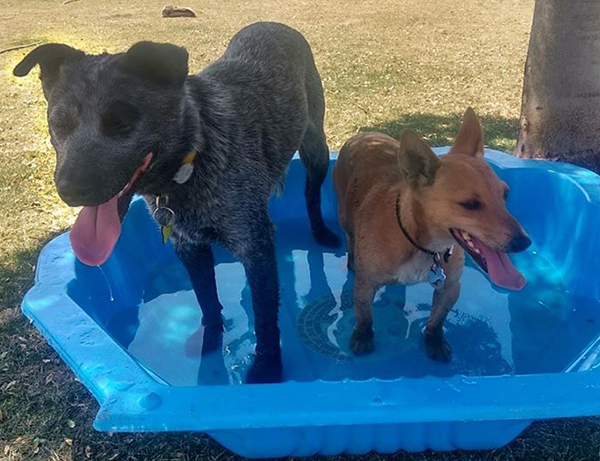
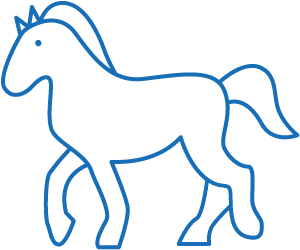
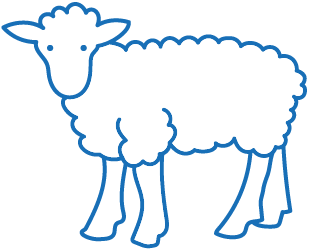
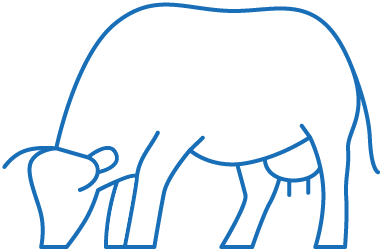
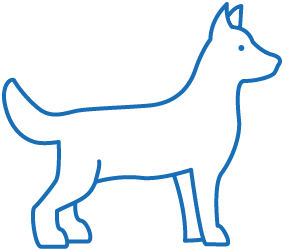

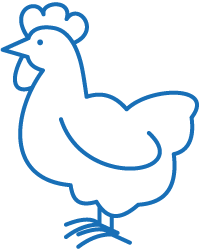


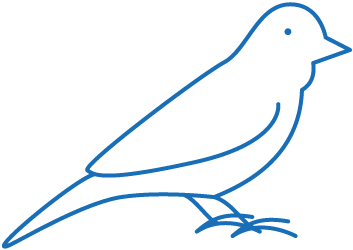


Uncle Alber's special price, get in quick!
#dogfood #chalkboardspecials ... See MoreSee Less
0 CommentsComment on Facebook
Carrots 🥕🥕🥕
Liking Caleb's artistic skills 😊
#chalkboardspecials ... See MoreSee Less
0 CommentsComment on Facebook
LAST DAYS of our Tuckers catalogue sale
ends tomorrow 1.30pm
www.sandersfodder.com.au/catalogues/tuckers-winter-catalogue-3/
#cat #dog #horse #pet #garden #farm #chalkboardspecials ... See MoreSee Less
0 CommentsComment on Facebook
Last week of our catalogue sale - ends June 22nd
www.sandersfodder.com.au/catalogues/tuckers-winter-catalogue-3/ ... See MoreSee Less
0 CommentsComment on Facebook
Get onto those weeds now
Spray equipment in store
#weedsprayers #herbicides #chalkboardspecials ... See MoreSee Less
0 CommentsComment on Facebook